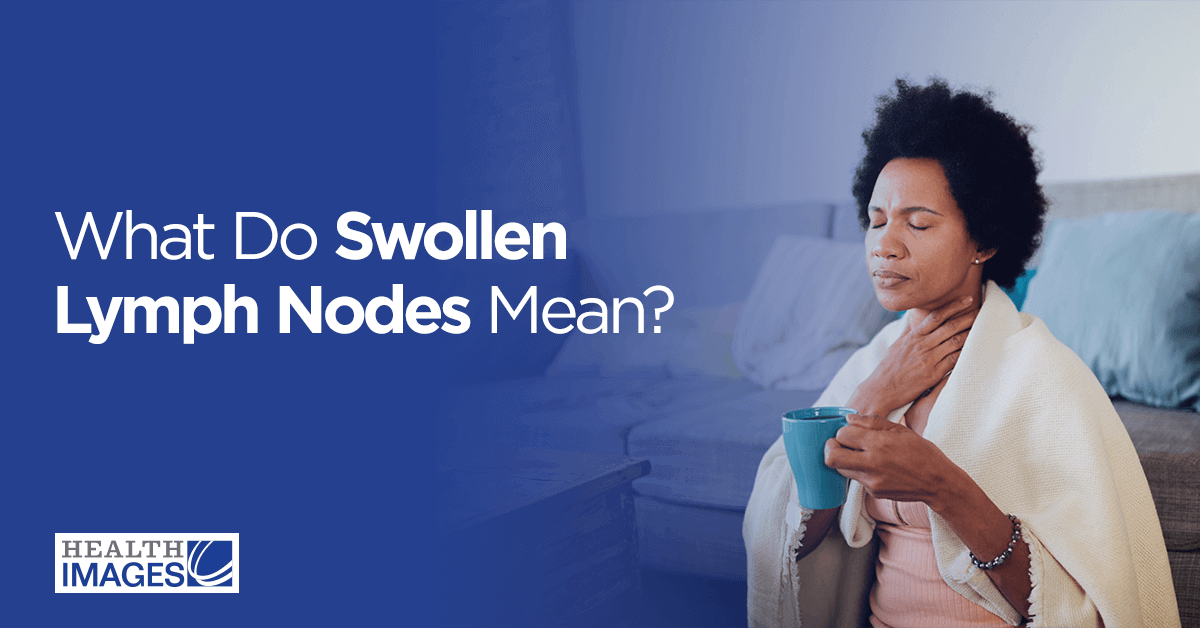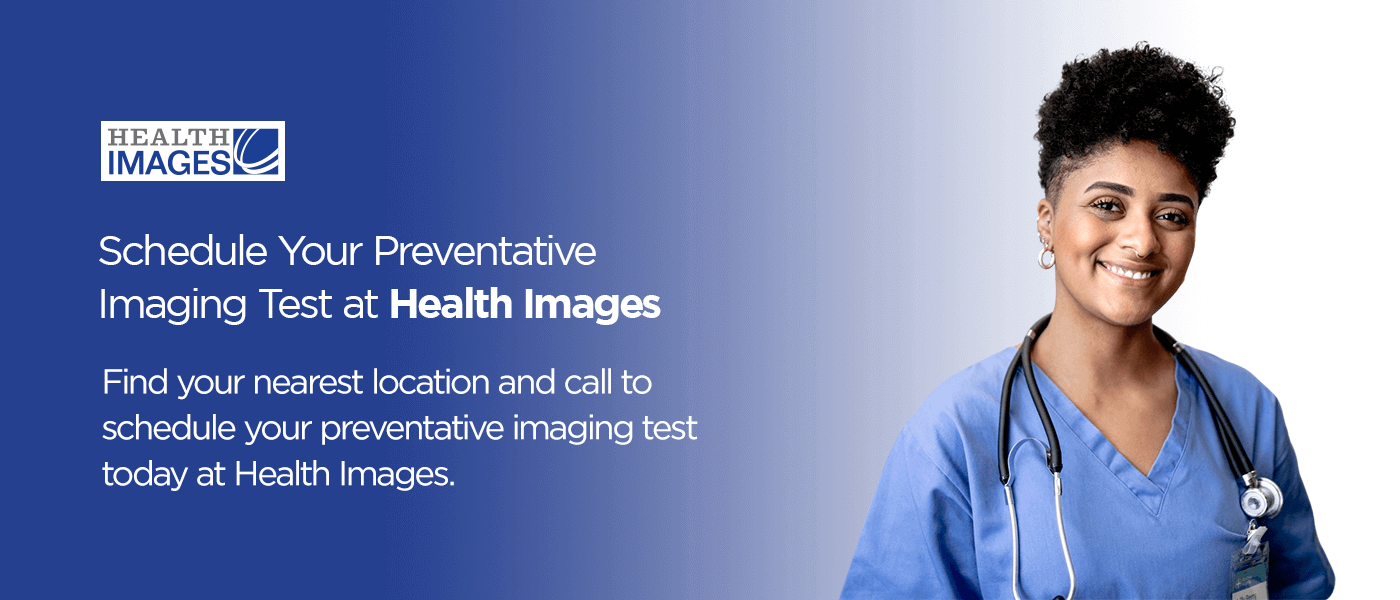What Do Swollen Lymph Nodes Mean?

Having a basic understanding of this system is essential in learning how to spot abnormalities. Keep reading to learn more about the important function of your lymphatic system and what having swollen nodes means for your health.
Lymph Nodes and Their Function
There are about 500 to 600 lymph nodes in our bodies. Lymph nodes are small, kidney bean-shaped structures. They use lymph fluid, which is partially made up of white blood cells, or lymphocytes, to filter foreign and dangerous substances.
Sometimes referred to as lymph glands, their job is to collect and drain fluid from our tissues. They play a major role in our ability to fight infection and disease. Lymph nodes are found in the following five areas of the body in clusters:
- Behind the ear
- Neck
- Armpits
- Chest
- Abdomen
- Groin
Lymph nodes largely go unnoticed until they are enlarged or swollen due to them trying to fight infection and illness. You can check for lymph node swelling by gently pressing over areas with clusters, such as the sides of your neck or around your armpit. Symptoms that are commonly associated with lymph node swelling include:
- Redness over the node area
- Tenderness
- Sore throat
- Fever
- Night sweats
- Running nose
Paying close attention to swelling in your nodes is important as swelling indicates that your body is dealing with sickness. It can be helpful to know where your lymph nodes are located to get ahead of potentially serious ailments.
Why Lymph Nodes Swell
Lymph nodes become swollen when they are actively fighting infection and illness. Dangerous substances travel to the nodes by lymph fluid. Here it is filtered with infection-fighting white blood cells and released back into the bloodstream. On most occasions, swelling occurs in the nodes behind the ears and on the neck. This is usually due to sinus infections or the common cold, but some other frequent reasons why lymph nodes become swollen:
- Infections
- Flu
- Mononucleosis
- HIV
- Autoimmune disorders
- Sarcoidosis
- Trauma
- Cancer
Regions with swollen nodes indicate where your body is fighting disease or infection. Pay attention to where and for how long your nodes feel enlarged. If they are persistently swollen for more than two weeks, this can mean a more serious infection, or cancerous cells could be causing protrusion and inflammation.
Swollen Lymph Nodes and Cancer
While swollen lymph nodes are more commonly due to viral infections, there is a chance that they could indicate cancer, although rare. In adults over 40 years of age, lymph nodes that are long-lasting are associated with a 4 percent risk of cancer. Swollen glands can be early signs of the following types of cancer:
- Leukemia: About 20 percent of leukemia patients deal with swollen nodes before a physician diagnoses them. Swelling that persists for longer than two weeks can be an indication of leukemia. Lymph nodes most commonly swell in the neck, groin and underarms. Nodes may feel hard and increase in size as side effects of this blood cancer. Note that nodes may not necessarily be painful if they are swollen due to this type of cancer.
- Breast cancer: One sign of breast cancer is swelling in the lymph nodes in the armpit. Cancer can advance to the lymph nodes from the breasts. If breast cancer moves to the node, this indicates that it could spread further throughout the body, and patients should consider getting more imaging performed to locate any additional cancer cells. If breast cancer cells are found inside the lymph nodes, this is considered stage two cancer. It is essential to have a technologist examine swollen lymph nodes in breast ultrasounds or other imaging tests.
- Lymphoma: Swollen lymph nodes are considered “local symptoms” of lymphoma, meaning the cancer is located near or around the node. This swelling may be paired with breathlessness and anemia. Neck, underarm, and groin nodes are most likely to enlarge due to lymphoma.
- Kaposi sarcoma: Human herpesvirus 8 causes this type of cancer. Less than one percent of Americans have this virus, making it quite uncommon. Typically, the lymph nodes affected by Kaposi sarcoma are around the groin area. This is often accompanied by leg swelling as well.
- Metastatic cancer: This refers to cancer that travels throughout the body, through lymph and blood vessels. In metastasis, new cancer tumors form after breaking away from where the cancer cells originated. The TNM System determines the stages of cancer. This system involves your physician identifying the size of the tumor (T), the number of nodes with cancer cells (N), and where cancer cells have spread (M).
Radiology Imaging for Swollen Lymph Nodes
While many minor inflictions cause lymph nodes to swell, it is important to pay attention to changes in the nodes as this may mean something more serious is going on. See your doctor promptly if you notice the following changes in your lymph nodes:
- Nodes have been enlarged for more than 2 weeks
- Nodes are hard to the touch
- Nodes are enlarged for no obvious reason
- Persistently swollen nodes paired with a consistent fever
Radiology imaging tests may be necessary for further examination and possible biopsy of the node tissue. Imaging helps technologists identify and characterize nodes as well as examine whether nodes are cancerous or benign. Imaging tests for swollen nodes include:
- MRI scan: Magnetic resonance imaging is used to detect irregularities in the body. Your doctor may order an MRI to screen for tumors, swollen glands, and even breast cancer.
- CT scan: CT scans can detect enlarged nodes over the entire body. This imaging is also used in biopsies to guide tissue removal.
- Ultrasound: For patients with inflamed nodes around their neck, abdomen, or underarms, an ultrasound can help technologists and doctors assess and differentiate abnormal nodes from healthy ones.
Schedule Your Preventative Imaging Test at Health Images
At Health Images, our specialized staff want to provide you with the support and care you need to protect your health and well-being. We offer 12+ diagnostic imaging services among our multiple centers in the Denver and Boulder areas. Discover our cutting-edge technology and our compassionate approach to helping you get the right diagnosis and treatment for you.
If you are dealing with enlarged lymph nodes anywhere in your body, especially those that are persisting for over two weeks, we are here for you! Find your nearest location and call to schedule your preventative imaging test today at Health Images.





